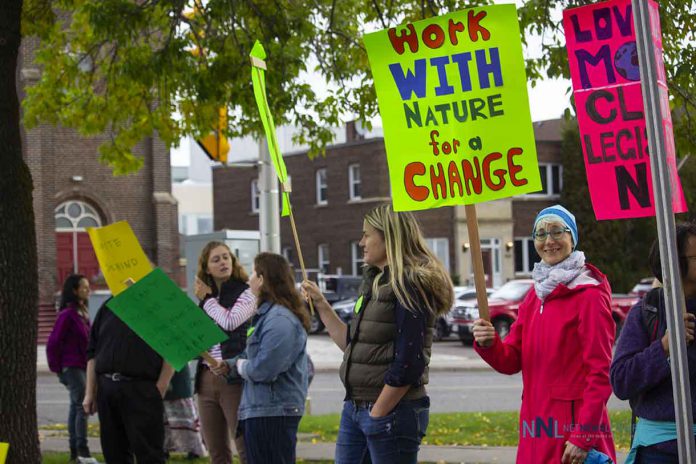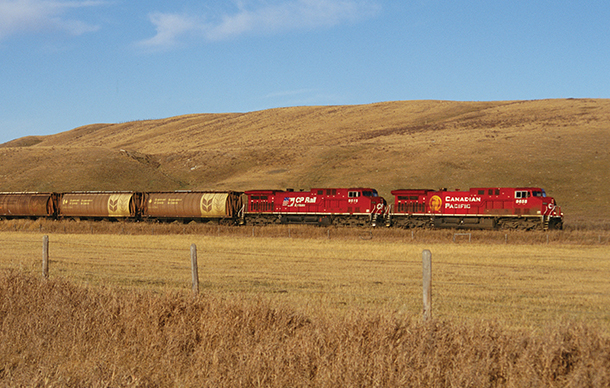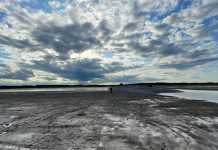Climate change impacts are worsening and affecting everyone on the planet – but there’s still time to act, scientists say
* Extreme weather is more frequent and severe, affecting all
* Need to adapt to warmer world is urgent as impacts surge
* Infrastructure should be built to resist floods, rising seas
By Megan Rowling
New York – Climate – (Thomson Reuters Foundation) – A flagship U.N. science report on Monday showed no one is safe from the accelerating effects of climate change and there is an urgent need to prepare and protect people as extreme weather and rising seas hit harder than predicted.
The report from the Intergovernmental Panel on Climate Change (IPCC), written by 234 scientists, said global warming of about 1.1 degrees Celsius has brought many changes in different regions – from more severe droughts and storms to rising seas.
Those will all increase with further warming, but it is not too late to cut climate-heating emissions to keep temperature rise to internationally agreed goals of “well below” 2C and ideally 1.5C – which would help stop or slow down some of the impacts, the report said.
U.N. officials said the IPCC had increasingly sounded the alarm in its regular reports over the past three decades, but that had not spurred adequate policy responses.
“The world listened but didn’t hear; the world listened but it didn’t act strongly enough – and as a result, climate change is a problem that is here now,” said Inger Andersen, executive director of the U.N. Environment Programme.
“Nobody is safe and it’s getting worse faster,” she told journalists at the online report launch.
IPCC Chair Hoesung Lee said the report provided an improved understanding of climate change and how it is already playing out around the world.
“It tells us that it is indisputable that human activities are causing climate change and making extreme weather events more frequent and severe,” he said, describing it as a “valuable toolbox” for negotiators at November’s COP26 climate talks.
All parts of the world are being affected, he added, noting the report contains detailed information on impacts by region, as well as fast-developing knowledge on attributing extreme weather events to climate change.
It also offers an interactive atlas allowing people to check climatic changes where they live.
Petteri Taalas, the secretary-general of the World Meteorological Organization (WMO), which hosts the IPCC, said current plans by governments to cut their emissions could, if confirmed and implemented, limit global warming to 2.1C.
But that level of temperature rise would still bring many problems, including food shortages, extreme heat, forest fires, sea level rise, a potential “refugee crisis” and negative impacts for the global economy and biodiversity, he added.
As well as slashing emissions, “it is essential to pay attention to climate adaptation since the negative trend in climate will continue for decades and in some cases for thousands of years”, he told the report launch.
One powerful way to adapt, he said, is to invest in early warning services for threats like droughts and floods – but only half of the WMO’s 195 member countries currently have those, fuelling human and economic losses.
There are also severe gaps in meteorological and weather forecasting systems in Africa, parts of Latin America, the Caribbean and the Pacific, he noted.
RESILIENT INFRASTRUCTURE
Youba Sokona, vice-chair of the IPCC and special advisor for sustainable development at the South Centre think-tank, said the report would help policy makers in Africa improve their ability to understand climatic changes and anticipate what may come.
That would allow them to design more resilient infrastructure, such as larger dams in drought-prone areas or more robust flood defences in cities, and seek finance for such projects, he told the Thomson Reuters Foundation by video call from Bamako, the capital of Mali.
The report includes specific scientific information on the polar regions, saying it is very likely the Arctic has warmed at more than twice the global rate over the past 50 years.
That has led to more extreme heat events, permafrost thawing and longer fire seasons, while the Arctic could be ice-free in summer at least once by 2050, it said.
IPCC report lead author Dirk Notz, who heads research on sea ice at Germany’s University of Hamburg, said the Arctic was “the early warning system of our planet”, with climate change manifesting earlier and stronger there.
He said policy makers should use the new report to plan for sea levels potentially topping earlier projected ranges.
For example, if building a coastal dyke to protect against 1-metre higher waters this century, it would be sensible to allow for it to be raised to cope with a 2m increase if needed.
“I hope … that both society and policy makers really understand what is at stake here – that we are leaving the comfort zone of our climate system that we’ve been living in for the past thousands of years and moving into completely uncharted territory,” he added.
(Reporting by Megan Rowling @meganrowling; editing by Zoe Tabary.)







